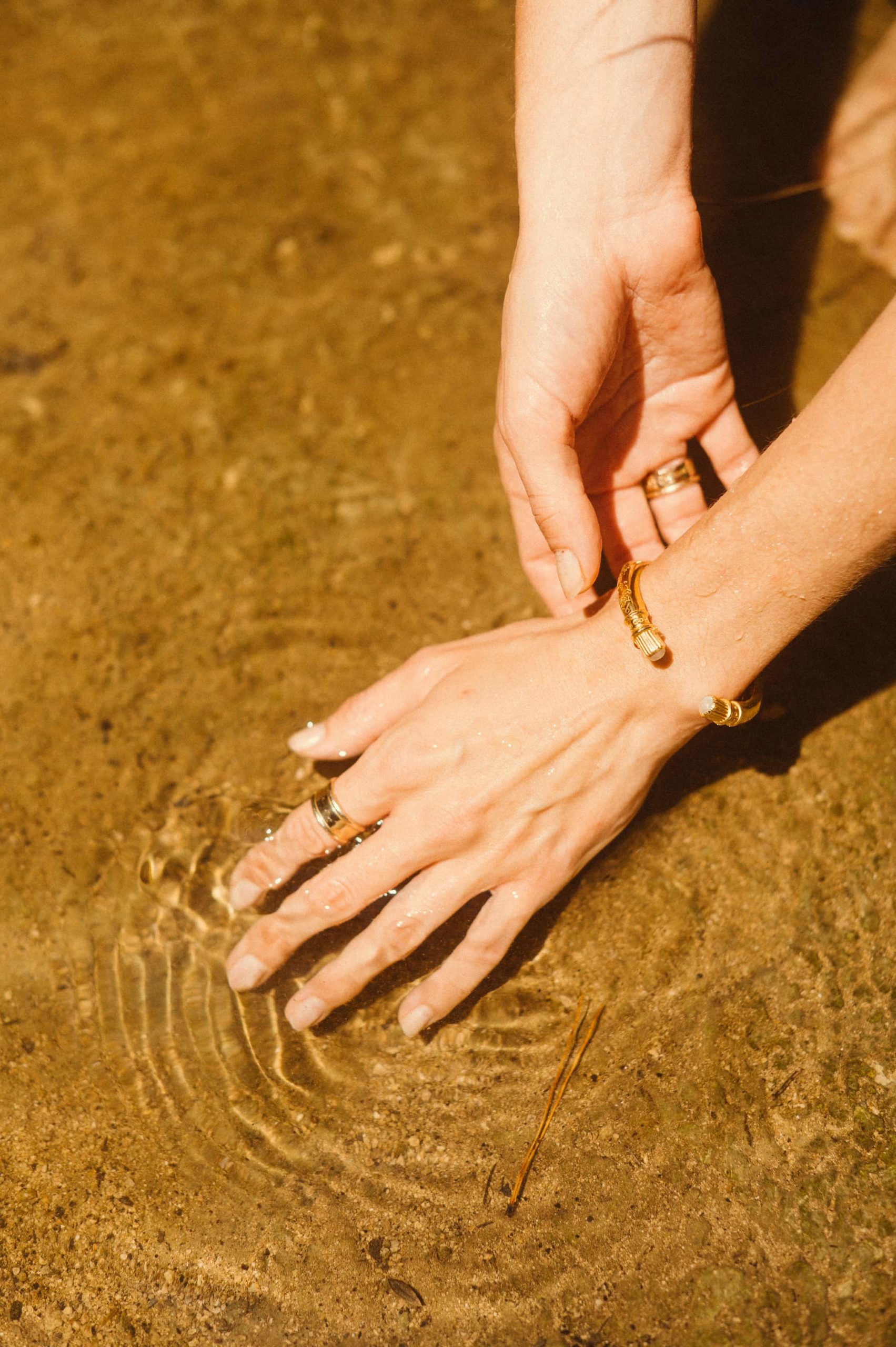Le vermeil
Définition du vermeil
Cela fait bien des siècles que le vermeil existe, et pourtant, il est encore largement méconnu. Bénéficiant d’une préciosité remarquable, le vermeil est un métal précieux à part entière. Il s’agit, en termes vulgaires, d’or plaqué sur de l’argent massif.
En réalité, le vermeil est une appellation qui répond à des critères strictes. En effet, pour détenir cette appellation en France aujourd’hui, la couche d’or doit égale ou supérieure à 5 microns d’épaisseur, être d’une pureté minimum de 700 millièmes (18 carats), et être plaquée directement sur de l’argent d’une pureté minimum de 800 millièmes (argent 800), sans présence d’aucun autre métal. Le poinçon de l’argent ou le poinçon V doit être apposé sur l’ouvrage pour attester de sa préciosité.
Le vermeil a l’avantage de n’être composé que de métaux nobles. Ainsi, il est anallergique, précieux, recyclable, et surtout durable. De part sa composition, le vermeil traverse les années. Il résiste au temps, à l’eau – entièrement waterproof -, à l’usure, et ne s’oxyde pas. Ayant tous les avantages de l’or tout en étant bien plus accessible, le vermeil est un choix d’exception.
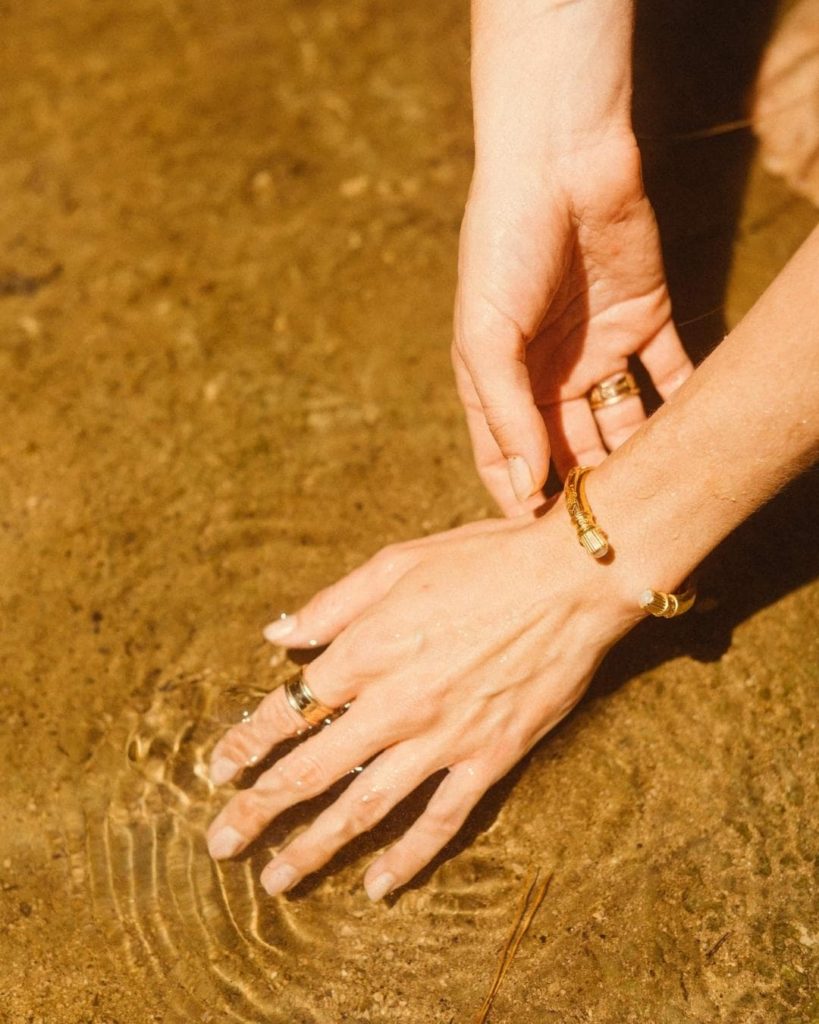
Histoire du vermeil
Le plaquage de l’or remonte à l’Antiquité. De nombreuses civilisations ont développé leurs propres techniques afin de recouvrir d’or leurs bijoux, leur orfèvrerie et leurs ouvrages.
Les premiers véritables objets en vermeil remontent aux civilisations précolombiennes, chez les Incas notamment. Pour eux, l’or, omniprésent dans leur culture, représentait le Dieu Soleil et l’Empereur. Il était travaillé avec l’argent, présent abondamment dans les Andes, et représentant la Lune.
C’est en France au XVIIIe siècle que le vermeil devient un métal précieux à part entière. Utilisé principalement pour les bijoux opulent de la royauté puis pour l’art de la table, le vermeil était une façon d’exprimer la richesse et de faire durer les ouvrages dans le temps.
Aujourd’hui, le vermeil reste utilisé davantage pour les grosses pièces d’orfèvrerie. Les bijoux que l’on trouve en vermeil sont plutôt des bijoux anciens, le marché de la bijouterie s’étant tourné depuis des années vers des bijoux moins précieux et plus accessibles.
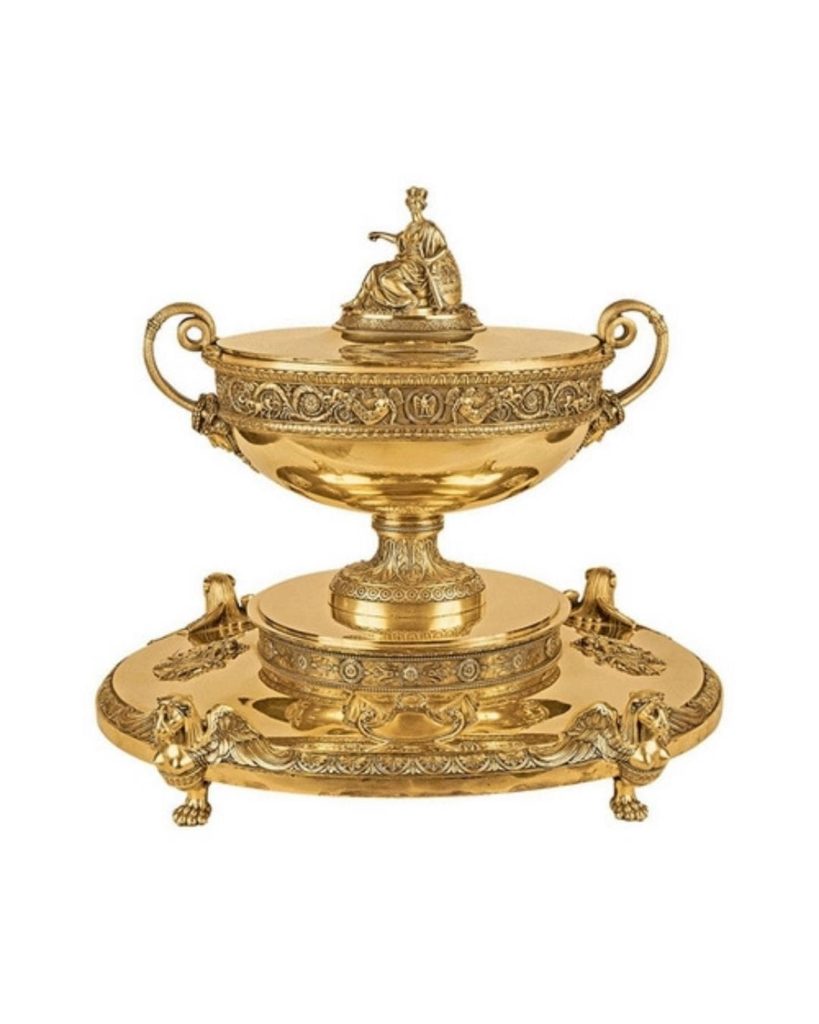
Quelle est la différence avec les autres dorures ?
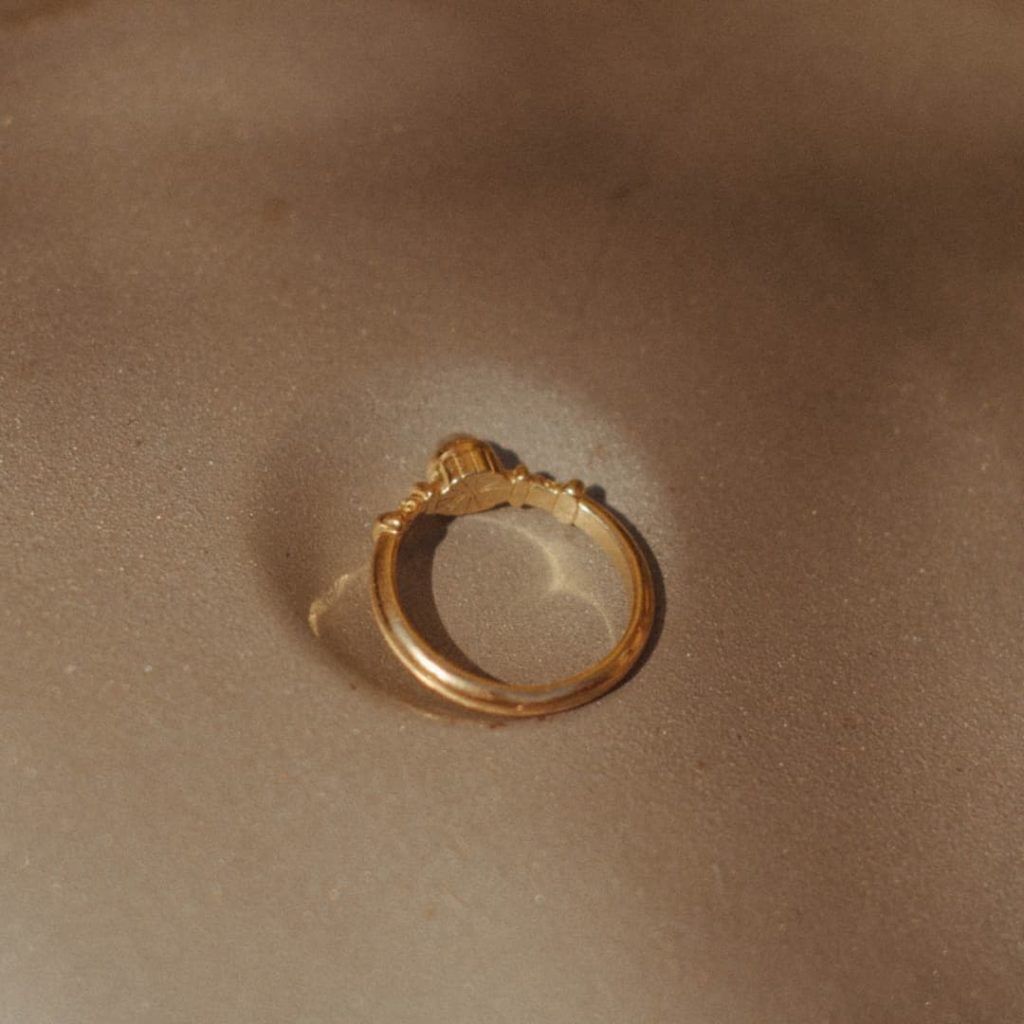
Le doré à l’or fin
Bien que cette appellation soit attractive, les bijoux dorés à l’or fin sont les bijoux les moins précieux, les moins durables, mais ont de ce fait l’avantage d’être bien plus accessibles. On peut alors facilement se parer de bijoux différents au gré de nos envies.
Pour détenir cette appellation, le bijou doit être recouvert d’une couche d’or d’1 micron seulement. Cette couche d’or est généralement apposée sur un métal commun, comme le cuivre ou le laiton. Une fine couche de cuivre vient généralement lisser la surface. De part sa fine épaisseur, les bijoux dorés auront très grand risque à noircir et s’estomper avec les jours.
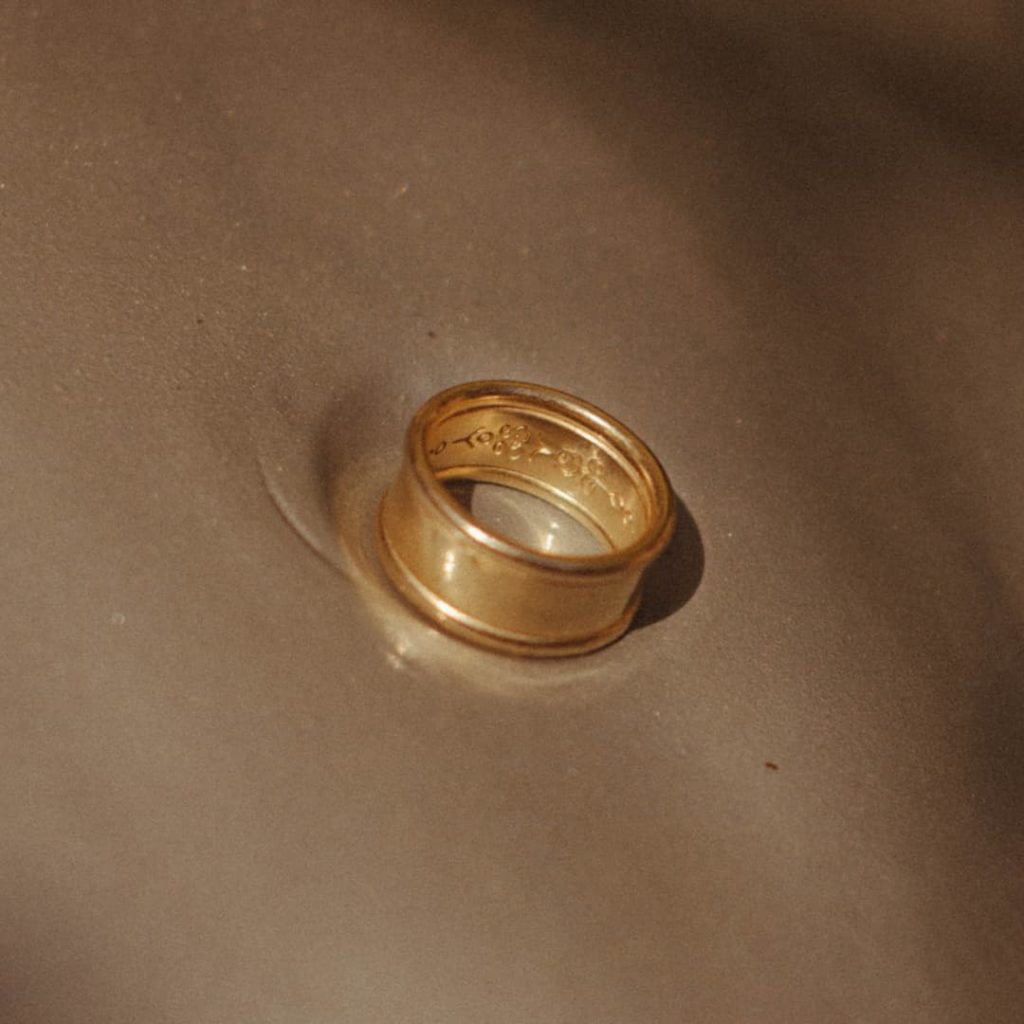
Le plaqué or
Les bijoux en plaqué or nécessitent d’avoir une couche d’or apposée d’une épaisseur de 3 microns. Le bijou peut-être en métal commun ou non. Généralement, comme pour le doré à l’or fin, on dépose une fine couche de cuivre afin de lisser la surface du bijou pour un meilleur rendu.
Le couche d’or étant plus épaisse, le plaqué or est plus durable que le doré à l’or fin. Il peut durer quelques années si l’on en prend très grand soin, et reste accessible. Faisant compromis, le plaqué or est ainsi la qualité la plus fréquente sur le marché de la bijouterie aujourd’hui.
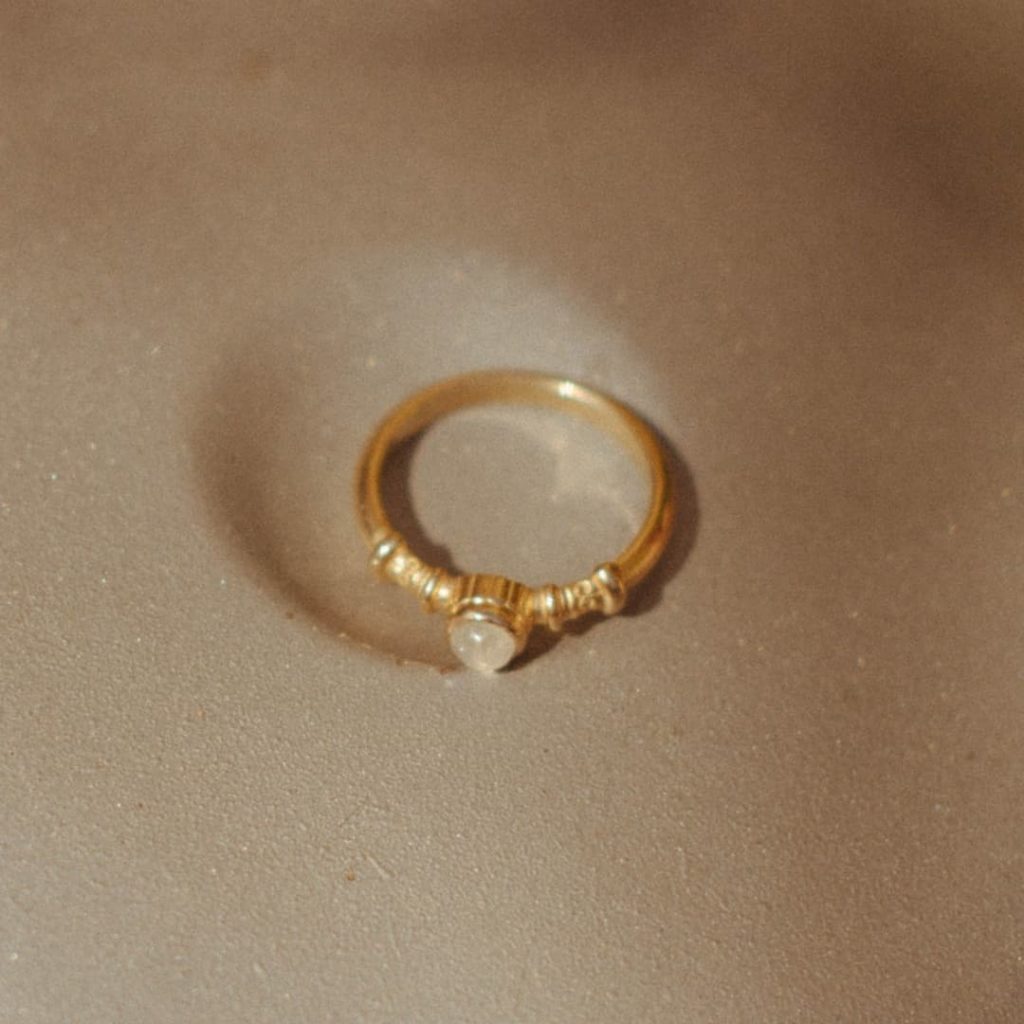
Le gold-filled
Largement connu en Amérique mais beaucoup moins en France, un bijou en gold-filled est un bijou dont la couche d’or a été mécaniquement liée à une base en métal – généralement en laiton -, à défaut d’y avoir été apposée.
Aux Etats-Unis, pour obtenir cette appellation, la couche d’or de 14k ou 12k doit être de 5% du poids total du bijou. Au Brésil, c’est 3% d’or 18k qui est lié au laiton. Le gold filled s’apparente au plaqué or, mais contenant 50 à 100 fois plus d’or – bien que moins pur -, il est tout de même bien plus durable et résistant.
Le vermeil
Le vermeil est le placage le plus précieux qu’il soit. Il bénéficie d’une préciosité remarquable, est résistant et très durable.
Bien que le vermeil soit utilisé le plus souvent pour des gros ouvrages, nous avons décidé d’en faire une norme pour nos bijoux même délicats.
Parce que nous apprécions d’abord la beauté de l’association de ces deux métaux, de leurs pureté et de leurs propriétés, ainsi que de leurs symbolismes.
Ensuite, parce que nous sommes dans une démarche durable, et que nous souhaitons créer des pièces qui vous inspirent au quotidien, porteuses de sens et de vos histoires, qui peuvent se transmettre à vos futures générations.
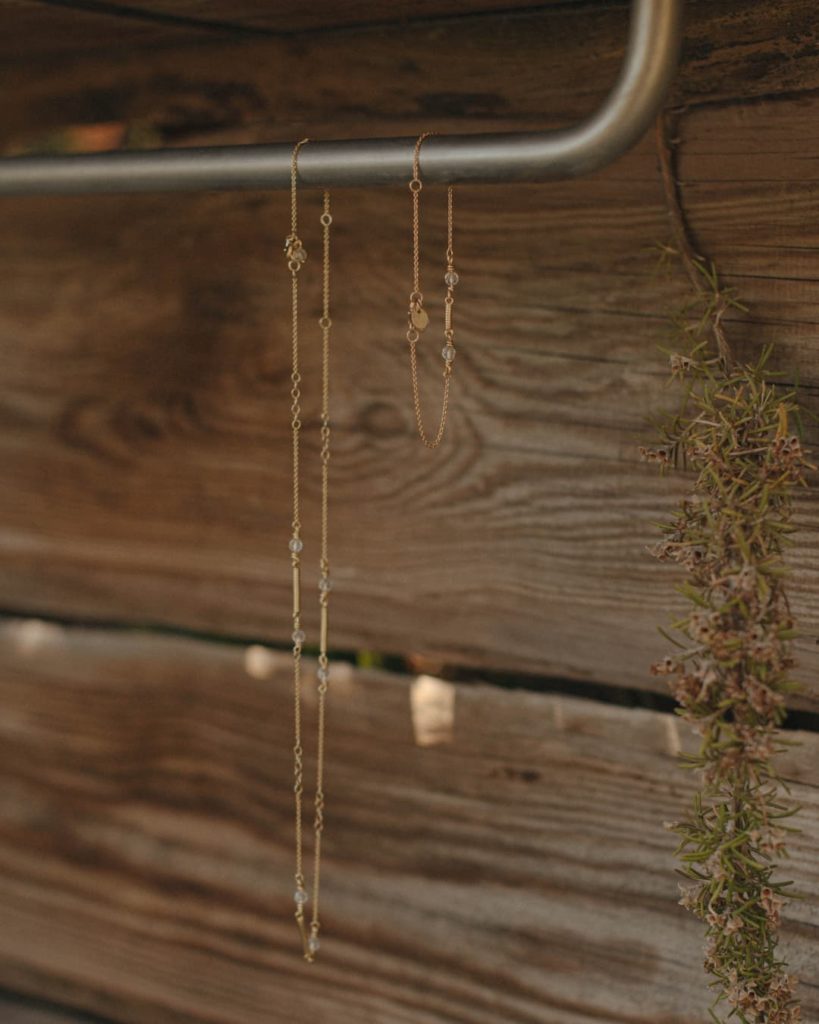
Crédits photos : 1 – Nekala Jewellery ; 2 – Le Grand Vermeil de l’Empereur, Pot à Oille et Plateau, 1789-1804, Henry Auguste. Photo © RMN-Grand Palais / Art Resource, NY ; 3 – Keng_1980 / Freepik
